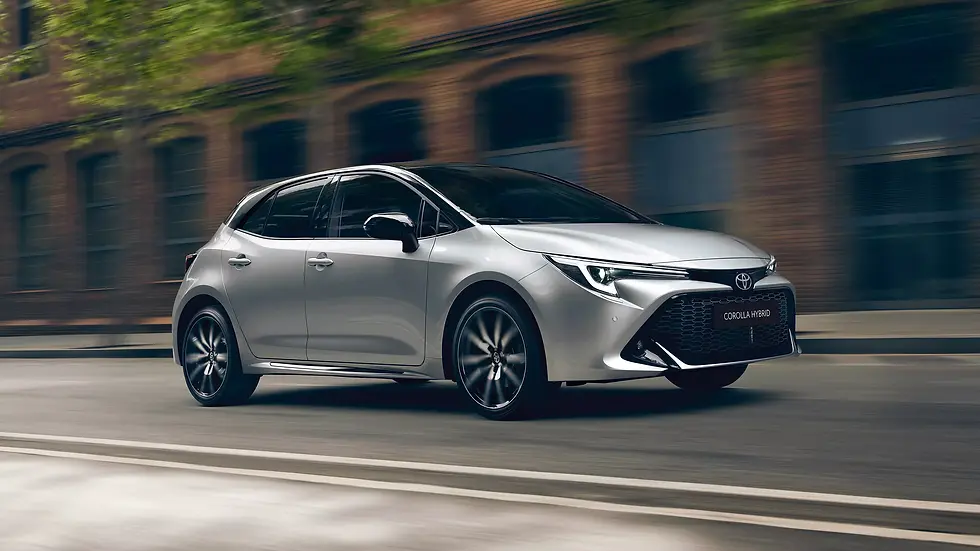EREVs: The Best of Both Worlds or Just a Half-Step?
- Mark Grey
- May 24
- 3 min read
The automotive world is going through a massive shift. EVs (electric vehicles) are being pushed as the future, gas-powered cars are fighting to stay relevant, and somewhere in the middle, there’s a technology that doesn’t get nearly enough attention—EREVs (Extended Range Electric Vehicles).
Are they the perfect middle ground, or are they just a compromise that does neither job well? Let’s break it down.

What is an EREV?
An Extended Range Electric Vehicle is essentially an EV with a small gasoline engine onboard—but unlike a plug-in hybrid, the gas engine does not directly power the wheels. Instead, it acts as a generator to recharge the battery when needed.
Think of it as an EV with a built-in backup plan. You drive on electric power most of the time, but when the battery runs low, the gas engine kicks in to keep you moving.
EREV vs. EV vs. Gas: How Do They Compare?
Features | EREV | EV | Gas |
|---|---|---|---|
Fuel Source | Electricity and Gas (for charging) | Electricity | Gas |
Range | 400+ miles (EV + gas) | Typically 200-400 miles | 300-500 miles |
Charging Time | Only battery (shorter than EV) | Depends on full charging time | No charging |
Emission | Lower than gas, higher than EV | Zero emission | High emission |
Fuel Cost | Cheaper than gas, more than EV | Lower fuel cost | Most expensive option |
Maintenance | Less than gas, more than EV | Less maintenance | Most maintenance |
Why EREVs Make Sense:
1. No Range Anxiety
One of the biggest drawbacks of EVs is charging. If you’re on a long road trip and find yourself in the middle of nowhere with no fast charger in sight, you’re out of luck. With an EREV, you can just refuel at any gas station if needed.
2. Daily Drives Are Fully Electric
Unlike regular hybrids, EREVs are designed to run entirely on electricity for a good chunk of your drive. More than enough for most daily commutes, meaning you might rarely ever use gas.
3. Lower Emissions Without the Inconvenience
Fully electric cars are better for the environment, but the charging infrastructure isn’t always ideal. An EREV gives you the environmental benefits of an EV without the charging headaches.
4. Less Maintenance Than a Gas Car
While EREVs do have a gasoline engine, it’s used less frequently and isn’t under as much stress as a traditional combustion engine. That means less wear and tear, fewer oil changes, and lower maintenance costs than a regular gas car.
Where EREVs Fall Short:
1. More Complex Than an EV
A big reason why EVs are gaining popularity is their simplicity—no engine, no exhaust system, fewer moving parts. EREVs, on the other hand, still have an engine, even if it’s not always in use, which means more potential points of failure compared to a pure EV.
2. Not as Efficient as a Full EV
While EREVs are more fuel-efficient than gas cars, they don’t quite match the efficiency of a full electric vehicle, especially when the gas engine kicks in. You’re still burning fuel, even if it’s only occasionally.
3. Limited Availability
There aren’t many EREVs on the market today. The Chevrolet Volt (discontinued in 2019) was one of the best-known examples, but currently, options are limited. Automakers have mostly focused on either full EVs or traditional plug-in hybrids.
Should You Buy an EREV?
If you love the idea of an EV but aren’t ready to commit to full-time charging or worry about range anxiety, an EREV could be the perfect compromise. It gives you electric driving for your daily needs while keeping a safety net for longer trips.





Comments